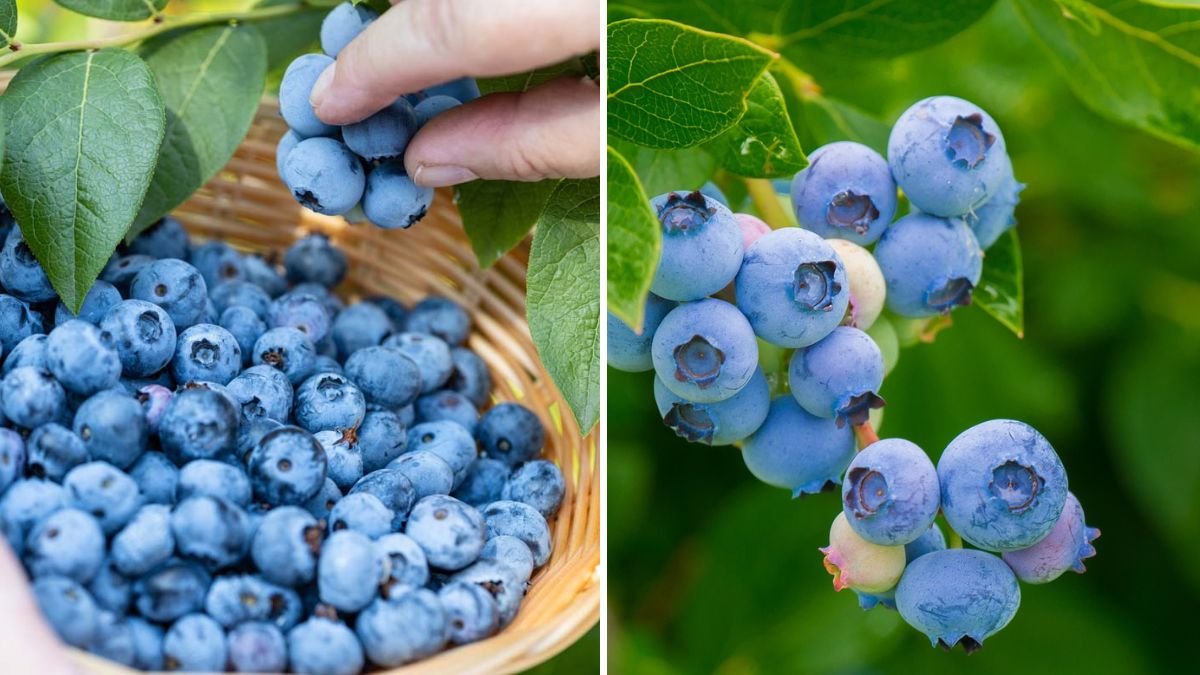Blueberries are not only delicious and versatile but also packed with antioxidants, vitamins, and minerals, making them a highly nutritious addition to any diet. While traditionally grown in gardens or orchards, blueberries can also thrive in containers, offering an excellent solution for urban gardeners, balcony growers, or those with limited outdoor space. With the right soil, container, sunlight, and care, you can enjoy fresh, plump blueberries right at home. This article provides a comprehensive guide on how to grow blueberries in pots, ensuring continuous harvests, healthy growth, and maximum flavor.
Choosing the Right Blueberry Variety
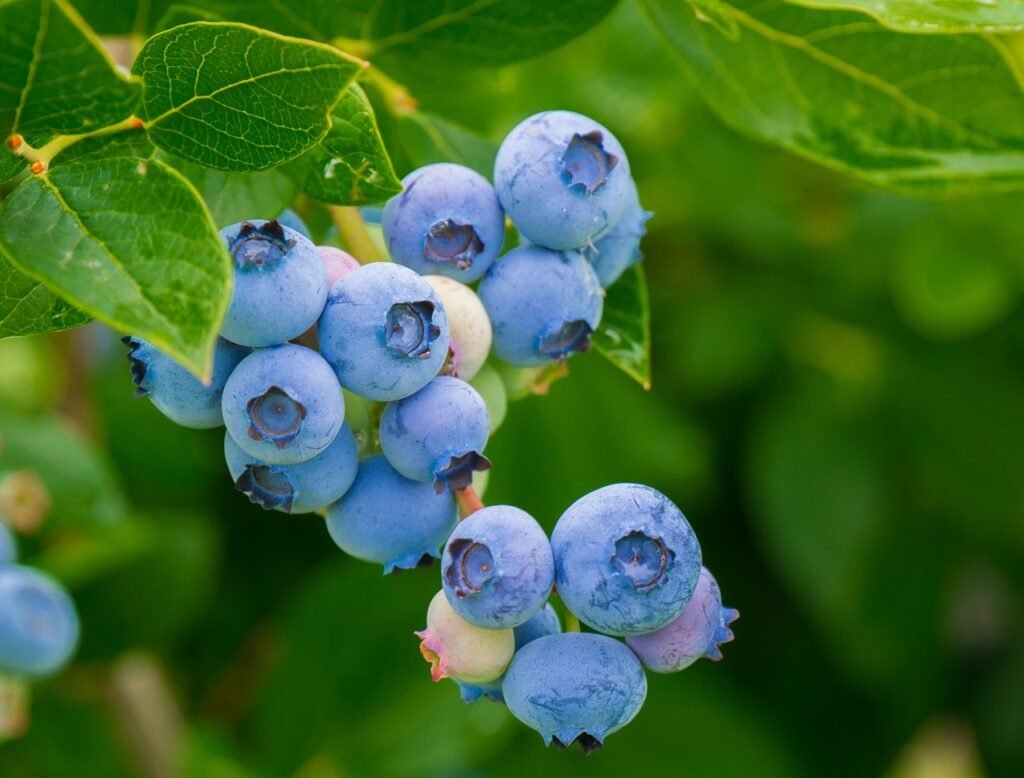
Selecting the appropriate variety is the first step toward successful container cultivation. Some varieties are naturally more compact, dwarf, and suited for pots:
- Highbush Blueberries (Vaccinium corymbosum)
- Ideal for container growing due to compact growth habits.
- Produces large, sweet berries suitable for fresh eating or cooking.
- Recommended varieties: ‘Top Hat’ (dwarf), ‘Patriot’, ‘Jersey’.
- Rabbiteye Blueberries (Vaccinium virgatum)
- Suited for warmer climates.
- Requires cross-pollination with another variety for optimal yield.
- Examples: ‘Climax’, ‘Brightwell’.
- Lowbush Blueberries (Vaccinium angustifolium)
- Naturally smaller and bushy, making them suitable for small pots.
- Hardy, flavorful, and ideal for jams or freezing.
Tip: Plant at least two compatible varieties to encourage cross-pollination and enhance fruit size and yield.
Selecting the Right Container
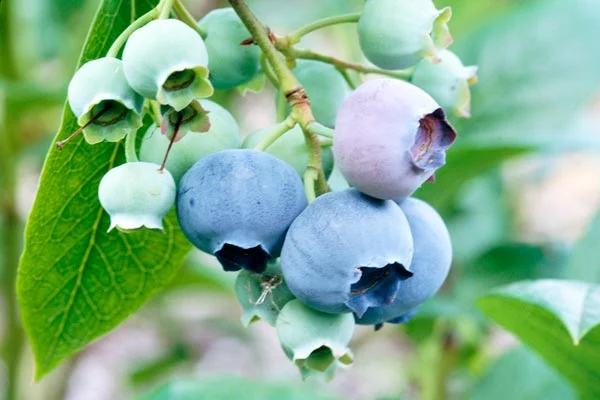
Container choice is crucial for healthy growth and fruiting:
- Size
- Start with pots 12–15 inches deep and wide for young plants.
- Mature plants benefit from 18–24 inch containers to allow root expansion.
- Material
- Plastic, ceramic, and fabric pots are suitable.
- Terracotta pots provide breathability but require more frequent watering.
- Drainage
- Ensure multiple drainage holes to prevent waterlogging.
- A gravel layer at the bottom helps prevent root rot.
- Mobility
- Lightweight or rolling containers make it easy to adjust sunlight exposure or protect plants from extreme weather.
Preparing the Right Soil
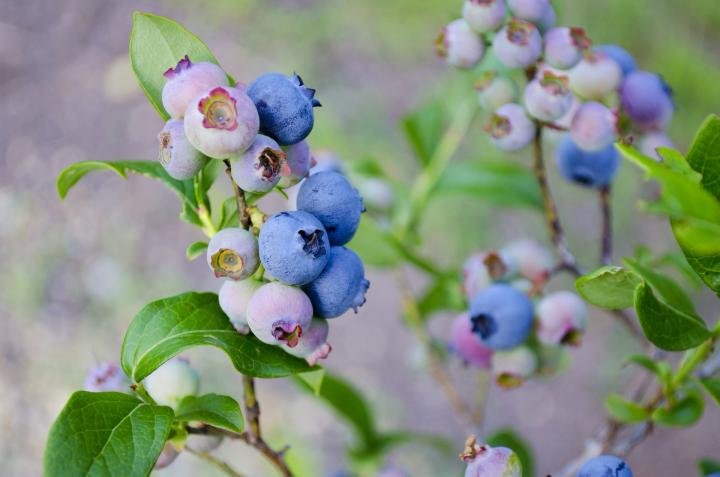
Blueberries have specific soil requirements that are particularly important in container gardening:
- Acidic Soil
- Optimal pH: 4.5–5.5.
- Use ericaceous compost or create a mix with peat moss, perlite, and pine bark.
- Well-Draining Medium
- Mix 50% peat moss, 25% perlite, and 25% pine bark to ensure proper drainage while retaining nutrients.
- Nutrient Requirements
- Blueberries are nutrient-demanding but sensitive to excess nitrogen.
- Use slow-release fertilizers for acid-loving plants or dilute liquid fertilizers during the growing season.
Planting Blueberries in Pots
Proper planting ensures strong growth and fruit production:
- Positioning the Plant
- Center the plant in the container.
- Ensure the crown (where roots meet stems) is slightly above soil level.
- Spacing
- For multiple plants in one container or grouping, allow 18–24 inches between plants.
- Watering After Planting
- Water thoroughly to settle the soil around roots.
- Avoid compacting the soil; blueberries prefer loose, aerated soil.
Caring for Container-Grown Blueberries
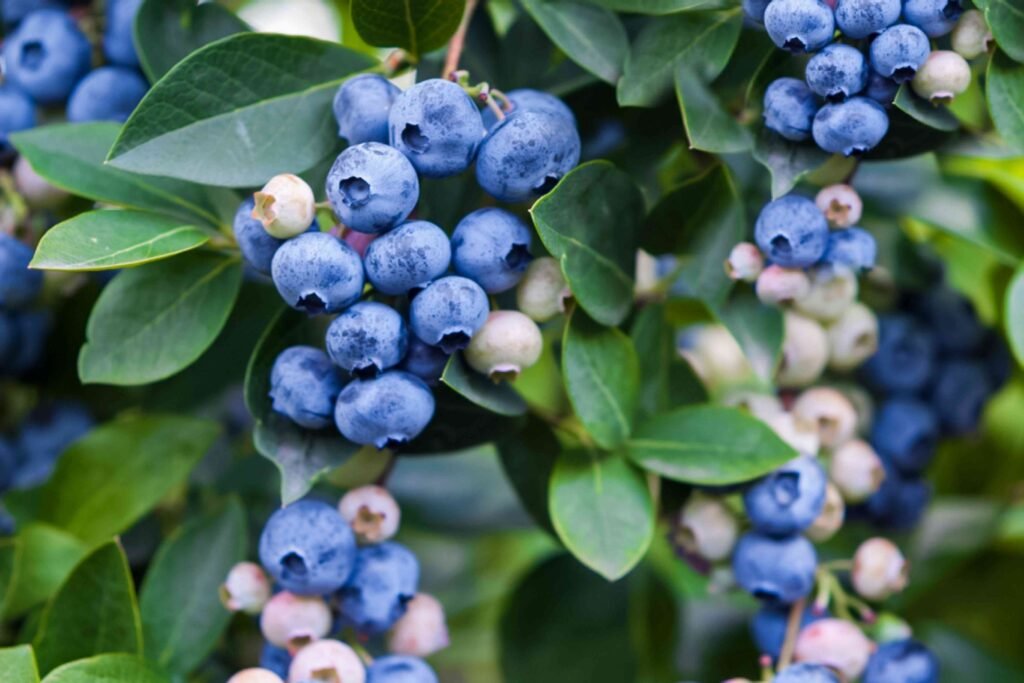
Blueberries in pots require attentive care to thrive:
Light Requirements
- Full sun is essential (6–8 hours/day).
- If natural sunlight is insufficient, supplement with LED grow lights.
Watering
- Container-grown blueberries dry out faster than in-ground plants.
- Keep soil consistently damp but not waterlogged.
- Increase watering during hot, dry periods.
Fertilization
- Feed with fertilizer for acid-loving plants every 4–6 weeks in the growing season.
- Avoid high-nitrogen fertilizers, which promote foliage over fruit.
Mulching
- Apply 2–3 inches of pine needles or bark mulch to retain moisture, maintain soil acidity, and reduce weeds.
Pruning for Healthy Growth
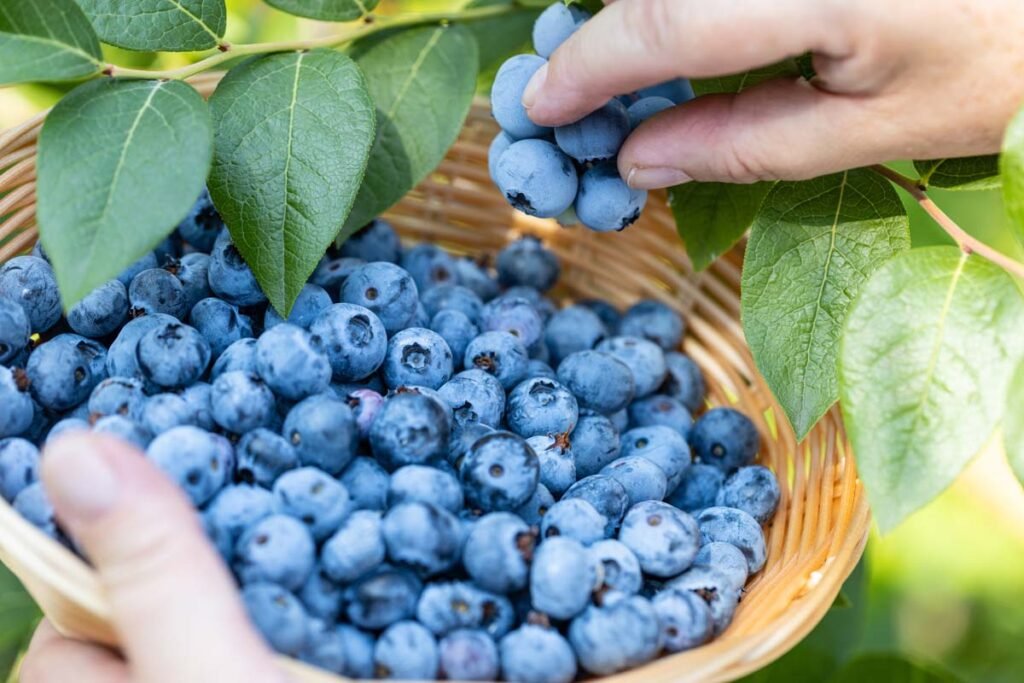
Pruning encourages better airflow, sunlight penetration, and fruiting:
- Young Plants (1–2 years)
- Remove weak or spindly branches.
- Focus on developing a strong central stem.
- Mature Plants
- Prune annually in late winter or early spring before new growth begins.
- Remove dead, diseased, or crossing branches.
- Trim older branches to encourage new fruiting wood.
Pruning increases berry size, improves flavor, and promotes continuous harvests.
Pollination for Maximum Yield
- While some varieties are self-fertile, cross-pollination improves fruit size and yield.
- Plant at least two compatible varieties nearby.
- Indoors or in greenhouses, gently shake branches or use a small soft brush to transfer pollen.
- Outdoor pollinators like bees naturally enhance fruit production.
Harvesting Blueberries
Timing and technique are critical for sweet, flavorful berries:
- When to Harvest
- Berries are ready when fully blue, plump, and slightly soft.
- Avoid picking partially blue berries; they will not ripen further.
- Harvesting Method
- Gently roll berries between fingers and pull to avoid damaging branches.
- Harvest every few days during peak season to prevent overripe fruit from falling.
- Frequency
- Container blueberries may produce multiple flushes per season, especially day-neutral varieties.
- Regular harvesting encourages continued production.
Common Problems and Solutions
- Yellow Leaves
- Often caused by pH imbalance or nutrient deficiencies.
- Test soil and adjust acidity; supplement with iron as needed.
- Small Berries
- Result from insufficient sunlight, poor pollination, or overcrowding.
- Ensure 6–8 hours of sunlight, proper pruning, and spacing.
- Root Rot
- Caused by overwatering or poor drainage.
- Use well-draining soil and ensure pots have sufficient drainage.
- Pests
- Aphids, spider mites, and birds can damage fruit.
- Use organic sprays, netting, or row covers for protection.
Tips for Growing Blueberries Without a Backyard
- Balcony Gardening
- Use medium to large pots; place along railings or near windows for sunlight.
- Indoor Gardening
- Place pots near south-facing windows or under grow lights for 6–8 hours of light.
- Vertical Gardening
- Use stacked or tiered planters to maximize small spaces.
- Mobility
- Container blueberries can be moved seasonally to optimize sunlight and temperature.
Conclusion
Growing blueberries in pots allows gardeners to enjoy fresh, nutritious berries even without a traditional backyard. By choosing the right variety, preparing well-draining acidic soil, selecting appropriate containers, providing ample sunlight, and following proper watering, fertilization, and pruning practices, container-grown blueberries can thrive and produce multiple harvests. Proper pollination and timely harvesting further ensure sweet, flavorful berries. With patience and consistent care, potted blueberries transform small urban spaces into productive, fruit-bearing gardens, offering year-round enjoyment and nourishment.
